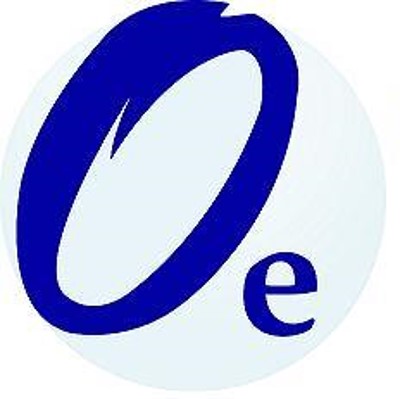You have finally cracked it. You’ve convinced that big potential customer or agent from thousands of miles away to come and visit your plant and your offices.  Now you have got that huge opportunity to impress the customer with all the technical skills and innovation within your company and to demonstrate, first hand, your brilliant customer service and to prove to your colleagues and bosses the massive export potential there is for your company, or…
Now you have got that huge opportunity to impress the customer with all the technical skills and innovation within your company and to demonstrate, first hand, your brilliant customer service and to prove to your colleagues and bosses the massive export potential there is for your company, or…
But, sadly, I have also come across situations where a badly prepared visit with uninformed, badly prepared and apathetic colleagues has gone dramatically wrong. This has often caused significant harm in terms of lost business and opportunities, damaged relationships and wounded careers.
So here is some hard-earned advice on how to get the best out of a visit from overseas:
What is the purpose of the visit?
- Agree visit objectives with your visitors
- Agree an agenda; include a short summary of the situation and key objectives for all to share. It works well to prepare a status report so both parties are in agreement as to where they are and the outstanding issues
- Assess the visitors’ level of English – do you need an outside translator or are they bringing one if one is required?
- Confirm who is coming and what are their roles?
- Who should be represented from your company?
Briefing your visitors
It is always worth sending a brief description and a photo of the key people they will be meeting at your plant. It makes it easier for your visitors to know who is who and what they do.
Briefing your colleagues
Inform your board members about the visitors and why they are coming. Share all your knowledge and information with key colleagues whom the visitors will meet around the plant.
Ensure that all staff are informed that there are important visitors coming, especially the receptionist(s).
No matter who your visitors will be meeting, the key word is to show respect and embrace the fact that they are “new” to your plant and perhaps even the country. Use simple phrases and words, no internal jargon and slang as English is not their first language. Importantly do not “speak down” to them, just use simple words and short sentences.
Prepare for the usual corporate gift exchange. Have samples and brochures ready in a folder. Have the CEO hand over the chosen gifts. Use gifts that travel well and that can fit in hand luggage just in case.
Finally they arrive/The visit:
- Arrange picking them up from the airport or station
- Have a welcoming board by the door with the titles and names of the visitors. If you really want to impress them, have some of their countries’ flags displayed
Your preparation is completed and the meeting can start…
Alongside being in charge of the meeting you must also take into account the cultural differences between you and your visitors.
Balance the views; some might not speak up where others cannot stop. Probe and lead discretely respecting both cultures. Do not stereotype any cultures; the CEO might be Japanese, has gone to university in Germany and his wife is from the UK. Behaviour does not always reflect a set cultural background, but a mix of personality and culture.
| When you show your visitors around your plant, introduce them to some of your colleagues and here’s an idea you ought to consider: when I was in charge of sales and marketing at a speciality paper processor?? we invited our overseas visitors to join our colleagues at the packaging line. They always enjoyed it and were impressed with the speed and efficiency of the machinery. |
- Lead and move on the exchange of views and questions. Use the agreed visit agenda as your guide.
-
Facilitate the meeting in a manner that shows leadership yet adapt your style to meet the dynamic of the whole group. Your job is to deliver and achieve the meeting objectives. Remember a good meeting is where every member feels welcomed, respected, heard and involved no matter where in the world you are and who you are.
Follow up:
Rule number one: a couple of hours after your visitors leave, send a quick text or email thanking them for the visit and wishing them a safe journey.
-
Send minutes and follow-up emails on time – best off all before they arrive back at their own offices.
-
Follow up the minutes with a phone call and yet another thank-you. Make sure you provide answers to outstanding questions or decisions at the agreed time.
-
Link up on social media – #retweet or re-blog any interesting information from your visitor’s sites to show your interest in what they represent.
-
Remember to keep updating everybody who was involved with the visit so they
 continue to be part of the whole process. A good visitor will always send a thank you note – do not just put it your drawer. Send it around your business, share it with everyone either on the company notice board or put it in the reception area for all to see.
continue to be part of the whole process. A good visitor will always send a thank you note – do not just put it your drawer. Send it around your business, share it with everyone either on the company notice board or put it in the reception area for all to see.
Fingers crossed, the deal will be concluded and a sustainable long term partnership will have been born.

